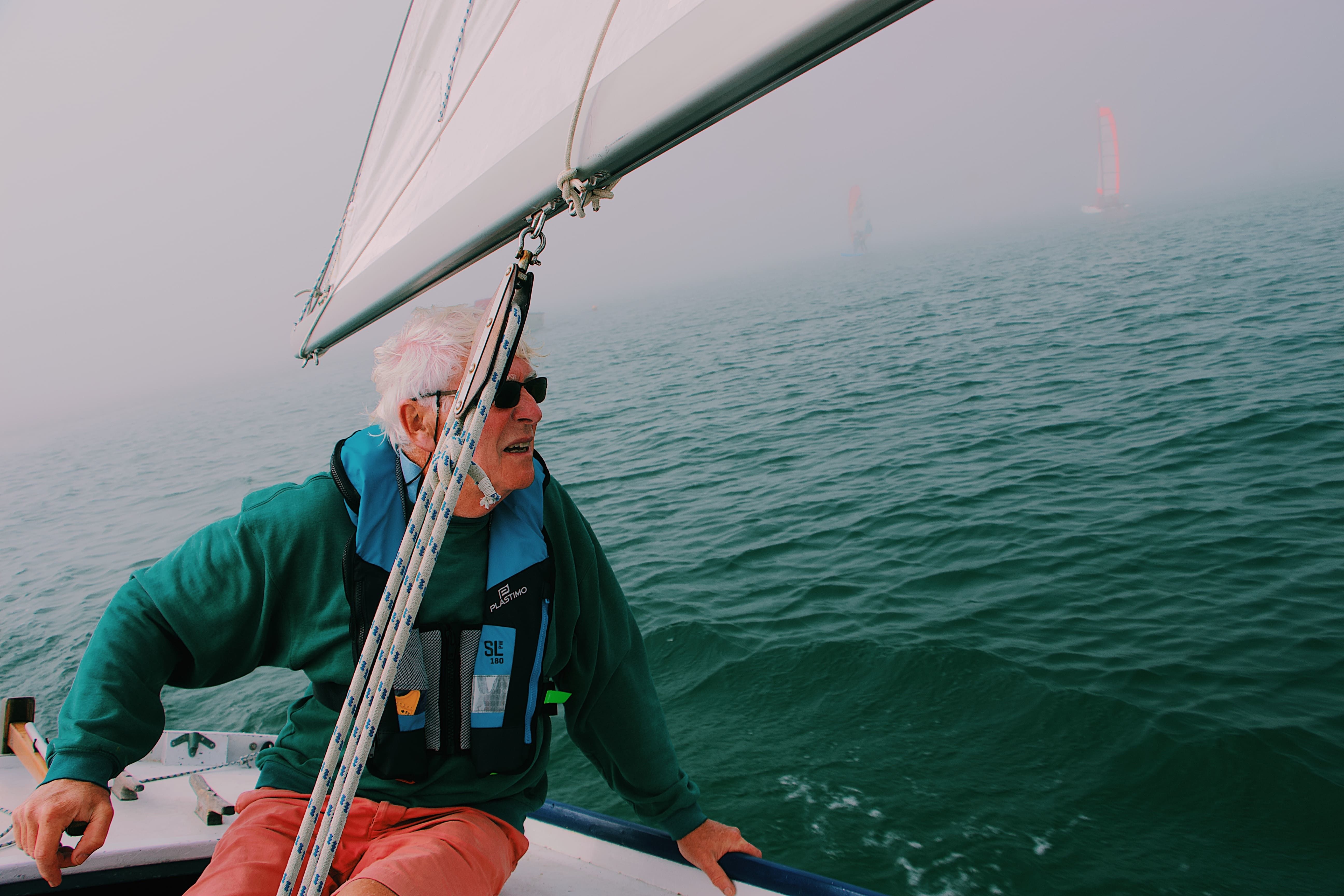Most emergencies can be avoided with regular maintenance of your vessel and good seamanship, however in the unlikely event of an emergency – for example, taking on water - do you know what to do?
Before you take the boat out onto the water, always check that you have the necessary safety equipment on board:
- A working torch (must be waterproof and buoyant)
- Flares (in date - 2 orange, 2 red)
- Life jackets (1 per person, must be Type 1)
- Oars w/rowlocks or pair of paddles (if boat is up-to & including 4.8m)
- Bailer and/or Bucket w/Lanyard
- Anchor & chain or line
- Lifebuoy/s (1 if >8m but <12) or (2 if >12m)
- Dinghy or life raft (if over 12m. N/A for inland or enclosed waters)
- Fire Extinguisher (1 <8m | 2 8m-12m | 3 >over 12m)
- For Coastal Offshore >2km from shore (Compass | Marine Radio | Red Star parachute distress rocket | Registered EPIRB).
Everybody on board should have their lifejackets on, if taking on water use your bailer or bucket and rope and remove as much as possible while safely returning to shore. If you are unable to return to your original location, go to the nearest marina or pier.
In the unlikely event that you are not able to return to shore, raise the alarm. This can be done by:
- Calling the Water Police on 000 or 1800 135 729 (24 hours)
- Call the Volunteer Marine Rescue Mornington & Hastings on 0419 233 999 (24 hours)
- Use your marine radio:
- VHF – Ch. 16 (67 alternative)
- VHF – Distress button on DSC equipped and registered radios.
- 27MHZ – 88
- HF – 4125, 6215 and 8291 KHz
- Activate your distress beacon: a PLB or registered EPIRB
- Activate your flare/s when you see a potential rescuer or think they’ll be seen.
Marine Radio Victoria provides the coastal emergency monitoring system for Victoria up to 20 nautical miles off shore, and calls are monitored 24 hours a day, 7 days a week. A distress call (MAYDAY MAYDAY MAYDAY) is given priority over all other transmissions and as such, should only be made when there is a grave and imminent danger.
If you have to evacuate your vessel, remember to attach your EPIRB or PLB to yourself, and do not leave it on the boat. Once you have activated your EPIRB or PLB, leave it on until instructed otherwise.
It is recommended by MSV that all boat users when operating alone have an EPIRB or PLB, although it’s only a legal requirement to have if operating more than 2 nm from the coast.
Anchor and stay with your boat if safe to do so – only abandon as a last resort - as a vessel is a lot easier for rescuers to see. Do not try to swim to shore unless it’s very close and accessible.
